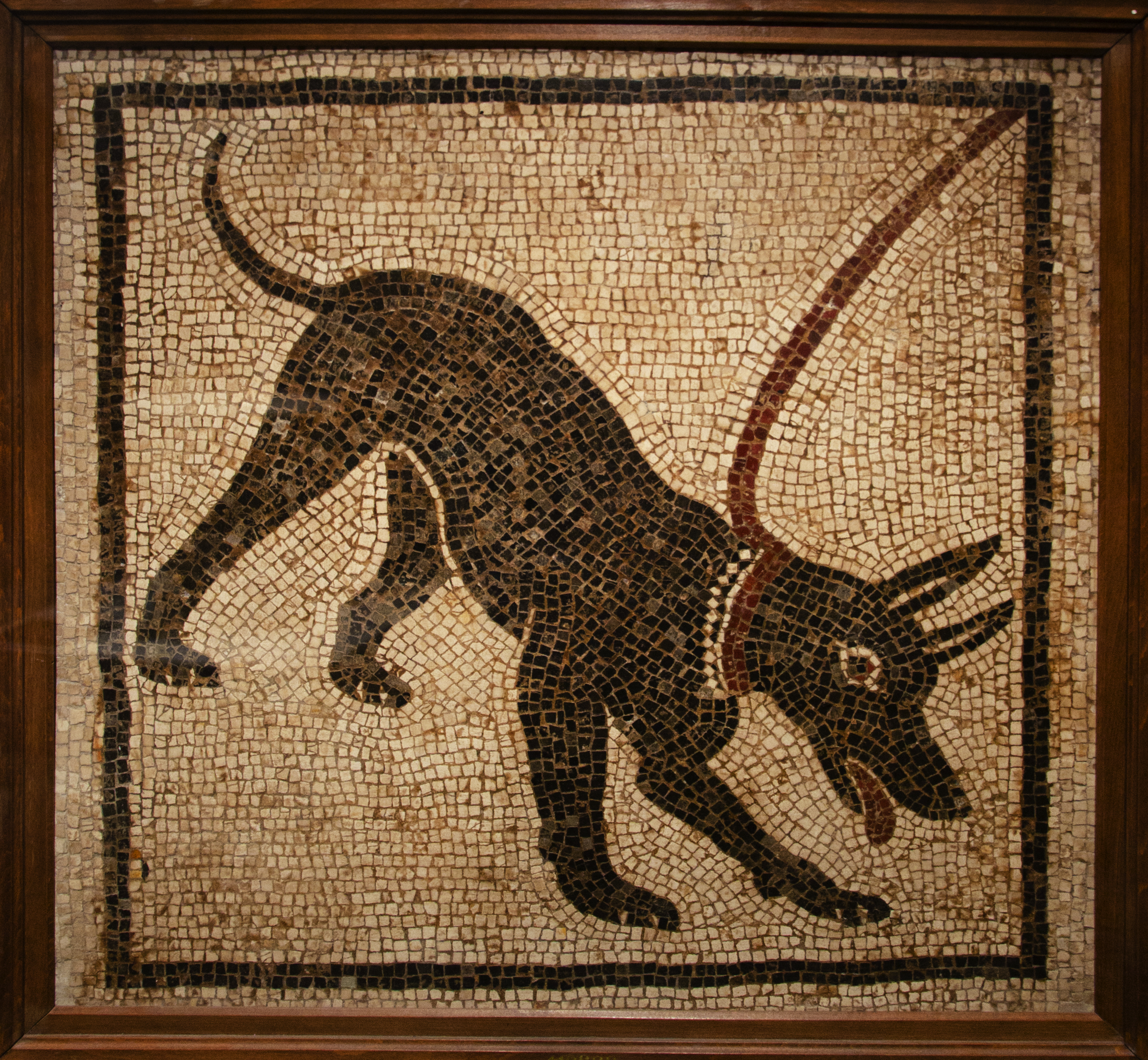Birds Symbolizing Death in Different Cultures and Religions
![]()
Birds have long held symbolic meanings in various cultures and religions, often representing death. They are seen as messengers between earthly and spiritual realms, inspiring awe and curiosity. Let’s explore the captivating connection between birds and mortality in different cultural and religious contexts.
Ancient Egypt: Birds as Messengers of the Afterlife
Ancient Egypt closely associated birds with death and the afterlife. The vulture, symbolizing protection and rebirth, represented the cycle of life and death. Nekhbet, the vulture goddess, safeguarded the deceased. The owl, known for its wisdom and ability to navigate darkness, guided souls through the afterlife. The sacred ibis, linked to Thoth, the god of wisdom, served as a divine messenger during the judgment of souls. The falcon, symbolizing divine kingship, guided souls to the afterlife as Horus, the sky god.
Ancient Greece: Owls as Messengers of Hades

In ancient Greek mythology, owls were associated with Hades, the god of the underworld. Owls served as messengers facilitating communication between the living and the dead. Their nocturnal presence and haunting hoots were believed to foretell the passing of loved ones.
Christianity: Crows and Ravens as Symbols of Doom

Christianity incorporated avian symbolism into narratives of death. The crow and raven, with their dark plumage and carrion-eating habits, became symbols of doom and misfortune. The story of Noah’s ark further solidified this connection, as a raven sent forth and not returning symbolized loss of life.
Norse Mythology: Ravens as Odin’s Messengers
In Norse mythology, the raven was revered as a creature associated with death and Odin, the god of war and wisdom. Ravens were believed to be Odin’s loyal messengers, observed on battlefields, feeding on fallen warriors.
Native American Beliefs: Owls as Harbingers of Death
Native American cultures attribute symbolic significance to birds in relation to death. The owl, often regarded as a harbinger of death and a connection to the spirit world, is believed to foretell the passing of loved ones through its haunting hoots and nocturnal presence.
Modern Pop Culture: Birds and the Mysteries of Mortality
Even in modern pop culture, birds continue to be intertwined with death. Films, literature, and art utilize avian imagery to evoke a sense of mystery, mortality, and otherworldly realms.
By exploring the cultural and religious perspectives of Ancient Egypt, Ancient Greece, Christianity, Norse mythology, Native American beliefs, and modern pop culture, we gain a deeper understanding of the enduring symbolism behind birds and their connection to mortality.
Ancient Greece: Birds as Harbingers of Death

Birds held significant symbolism in ancient Greek culture, acting as messengers between the mortal world and the divine realm. In the context of death, certain birds were associated with omens, guides, and communication with the spirits of the deceased.
The owl, revered for its wisdom, was believed to possess the ability to communicate with the spirits of the dead. Its haunting calls and nocturnal nature intensified its association with death. Similarly, the raven, associated with the god Apollo and known for its prophetic powers, was believed to foretell death and convey messages from the divine realm.
Ancient Greek literature, including the works of Homer, frequently referenced birds as omens of death. For example, in “The Iliad,” an eagle carrying a dove is interpreted as a portent of impending death. These beliefs were influenced by neighboring civilizations such as the Egyptians and Persians, contributing to the multifaceted symbolism of birds in Greek culture.
In conclusion, birds played a significant role in representing death in Ancient Greece. The owl and the raven, as symbols of wisdom and prophecy, were prominent in conveying the concept of mortality. These beliefs shaped the rich tapestry of bird symbolism in ancient Greek culture.
Christianity: Birds as Symbols of Mortality

In Christianity, birds have been employed as powerful symbols, offering profound insights into the spiritual and theological significance attributed to these creatures.
The raven appears as a symbol of death and destruction in biblical texts, particularly in the story of Noah’s Ark. Its failure to return after being sent out by Noah was interpreted as a sign of death and impending judgment. Similarly, the vulture, depicted gathering around dead bodies, represents the consequences that await those who deviate from righteousness.
The owl, associated with darkness and mystery, is often depicted near graves, emphasizing its connection with death and the unknown. The phoenix, a symbol of death and resurrection, rises from its own demise, offering hope and assurance of eternal life. The dove, commonly associated with peace and purity, also holds symbolic ties to death, signifying the transition from life to death or the journey of the soul beyond earthly existence.
Throughout Christian history, birds have served as potent symbols of death, offering multifaceted perspectives on mortality and the afterlife. The raven, vulture, owl, phoenix, and dove all contribute to the rich tapestry of Christian symbolism, inviting believers to contemplate the intricate relationship between life, death, and the divine plan. These avian representations provide profound insights into the human experience, fostering a deeper understanding of the transcendent aspects of faith.
Norse Mythology: Birds as Harbingers of Death

Birds played significant roles in Norse mythology, particularly in their association with death and the afterlife. These avian symbols added depth and meaning to the Norse understanding of mortality and the fate of warriors.
Ravens: Messengers of Doom
Huginn and Muninn, the ravens of Odin, were prominent examples of birds representing death. Huginn, meaning “thought,” and Muninn, meaning “memory,” would fly over battlefields, gathering information for Odin. Their presence symbolized the impending doom of fallen warriors and the inevitable fate of death.
Eagles: Carriers of Souls
The eagle held a close tie to death in Norse mythology. When a warrior died in battle, the eagle would carry their soul to Valhalla, the realm where brave warriors were rewarded for their valor. This association between eagles and death reinforced the connection between birds and the end of life.
Valkyries: Choosers of the Slain

The Valkyries, female warrior spirits, were closely associated with birds and death. Often depicted with bird-like qualities, they rode winged horses and selected fallen warriors from the battlefield to be taken to Valhalla. Their role in deciding who would live and who would die, known as the “Valkyrie’s choice,” solidified the connection between birds and the ultimate destiny of death.
The Eagle and Hawk Duo: Symbols of Life and Death
In Norse cosmology, the eagle perched on top of the world tree, Yggdrasil, held great significance. Accompanied by a hawk named Vedrfolnir, the eagle represented the constant presence of death and the cycle of life. They served as a reminder of the interconnectedness between the mortal realm and the afterlife.
Through these mythological elements, Norse mythology established a profound association between birds and death. Ravens, eagles, and Valkyries all contributed to the symbolism of birds as harbingers of the inevitable fate that awaits mortals. These avian representations added depth and richness to the Norse understanding of mortality and the afterlife.
Native American Beliefs: Birds as Messengers of the Spirit World

Native American cultures hold diverse beliefs about birds and their symbolism, particularly in relation to death. Birds play significant roles as messengers, guides, and spiritual beings in Native American mythology and traditions.
Ravens and Crows: Intermediaries Between Worlds
In numerous Native American cultures, ravens and crows are closely linked to death and the afterlife. These birds are regarded as intermediaries between the spirit world and the living. Their dark plumage and scavenging behavior contribute to their association with death and the underworld. Native Americans believe that ravens and crows possess the ability to carry messages from deceased loved ones or foretell imminent death.
Owls: Wisdom and Spiritual Insight

Owls hold symbolic significance in Native American beliefs, representing wisdom and spiritual insight. However, their nocturnal nature and haunting calls have also led to their association with death and the spirit realm. Some tribes perceive owls as messengers capable of communicating with the spirits of the deceased, providing guidance to the living, or forewarning of impending death.
Vultures: Agents of Purification
Vultures are frequently associated with death and purification in Native American cultures due to their scavenging habits. These birds are viewed as cleansing agents that aid in the transformation of the physical remains of the deceased back into the earth. In some Native American traditions, vultures are considered sacred creatures that assist in guiding the soul’s transition to the afterlife.
Thunderbirds: Forces of Nature
Thunderbirds hold immense spiritual importance in many Native American traditions. These majestic birds are associated with thunder, lightning, and storms, symbolizing the forces of nature. In certain cultures, they are believed to be supernatural beings capable of controlling the weather. Thunderbirds often possess a dual nature, embodying both life-giving and death-bringing powers. Their association with death stems from their role as heralds of powerful natural phenomena and their ability to guide souls during the journey beyond life.
Native American beliefs regarding birds and death exemplify the deep reverence and spiritual connection Native American cultures have with the natural world. By observing the behaviors and characteristics of these avian creatures, Native Americans find meaning and symbolism related to the cycle of life and death. Understanding these diverse perspectives enhances our appreciation for the complex relationship between birds and death within Native American cultures.
Modern Pop Culture: Birds as Symbols of Doom

Birds continue to be used as powerful symbols of death in modern pop culture, adding an eerie and foreboding element to various narratives.
Harry Potter Series: The Grim
In J.K. Rowling’s Harry Potter series, a bird known as the “Grim” represents death. The Grim takes the form of a large black dog, often associated with the omen of death. It serves as a harbinger of impending doom or tragedy, appearing to characters as a warning sign. This representation connects death to the idea of fate and the inescapable nature of mortality.
Edgar Allan Poe’s “The Raven”
Edgar Allan Poe’s poem “The Raven” features a haunting symbol of death. The raven torments the narrator, leading him into madness. The repeated refrain of “Nevermore” intensifies the poem’s eerie atmosphere, emphasizing the inevitability of death and the narrator’s descent into despair. Poe’s portrayal of the raven exemplifies how birds can evoke a sense of impending doom.
Game of Thrones: The Three-Eyed Raven

The popular television series “Game of Thrones” incorporates the Three-Eyed Raven, a mythical creature symbolizing death. It is associated with prophetic visions and supernatural abilities, often signifying impending doom or significant events related to mortality within the show’s complex narrative. By using the bird as a representation of death, “Game of Thrones” taps into the mysterious and ominous aspects of avian symbolism.
Mexican Day of the Dead: Owl and Crow Messengers
In Mexican culture and the celebration of the Day of the Dead (Dia de los Muertos), owls and crows are commonly associated with death. These birds are believed to guide spirits to the land of the living during the festivities. Owls, known for their nocturnal nature, and crows, often associated with darkness and mystery, are seen as messengers between the realms of the living and the dead. By incorporating these birds into the Day of the Dead traditions, Mexican culture embraces the connection between birds and death.
Through these examples from modern pop culture, it becomes evident that birds continue to be used as potent symbols of death. Whether signaling impending doom, representing the inevitability of mortality, or acting as messengers between realms, birds add a layer of macabre fascination to various narratives. The enduring presence of avian symbolism in pop culture reinforces the timeless fascination and fear humans have towards the concept of death.
Symbolic Meanings of Birds in Relation to Death

Birds have played significant roles in symbolizing death and the afterlife across various cultures and religions. These symbolic meanings reflect the birds’ characteristics, behaviors, and their connections to the spiritual realm.
-
Ancient Egypt: The vulture, revered for its scavenger nature, symbolized death and protection in the afterlife. It ensured the safe passage of the deceased into the next life.
-
Ancient Greece: The raven served as a messenger of death and a guide to the underworld. Its black plumage and presence in graveyards solidified its association with death.
-
Christianity: The dove, associated with peace and purity, has also been linked to death. It is sometimes depicted as a symbol of the Holy Spirit or as the departing soul.
-
Norse Mythology: The raven, known as Odin’s companion, symbolized death and conveyed messages between the living and the dead. Its presence during battles connected it to the cycle of life and death.
-
Native American Beliefs: Birds like the crow and the owl are associated with death. The crow, a messenger between the living and the spirit world, represents transition. The owl, symbolizing wisdom and transition, is often linked to the afterlife.
-
Modern Pop Culture: Birds continue to symbolize death in various forms of media. The presence of crows in horror movies and bird imagery in album artwork evoke mystery, darkness, and mortality.
In conclusion, birds have long embodied the transition between life and death, acted as messengers between realms, and symbolized protection and guidance in the afterlife. Understanding the symbolic meanings of birds in relation to death provides a fascinating glimpse into the rich tapestry of human beliefs and the enduring significance of these avian creatures in our collective imagination.
Frequently Asked Questions
What bird symbolizes death?
In various cultures and religions, several birds symbolize death. The vulture, owl, raven, and crow are commonly associated with mortality across different belief systems. These birds’ characteristics, behaviors, and mythological associations have contributed to their symbolism as messengers of death or guides to the afterlife.
Why do birds symbolize death in different cultures?
Birds symbolize death in different cultures due to their characteristics and behaviors that align with the concept of mortality. Birds often possess traits such as scavenging, nocturnal nature, wisdom, or association with the spirit world, which are linked to death and the afterlife. These cultural associations have shaped the symbolism of birds as messengers or harbingers of death.
Are there any positive symbolic meanings of birds related to death?
While birds are predominantly associated with death in various cultures, some positive symbolic meanings are also attributed to them. For example, the dove is often associated with peace and purity while also symbolizing the transition from life to death or the journey of the soul beyond earthly existence. The phoenix, a mythical bird, represents death and resurrection, offering hope and the promise of new life.
How do birds symbolize death in modern pop culture?
![]()
In modern pop culture, birds continue to be used as symbols of death to evoke a sense of mystery, darkness, and mortality. They appear in literature, films, art, and popular media, often representing impending doom or as messengers between realms. Examples include the Grim in the Harry Potter series, the raven in Edgar Allan Poe’s “The Raven,” and the bird imagery surrounding the Mexican Day of the Dead celebration.
What are some other symbolic meanings of birds in different cultures?
Besides symbolizing death, birds hold various symbolic meanings in different cultures. For instance, the eagle often represents strength, freedom, and spirituality in many societies. The owl is commonly associated with wisdom and spiritual insight. The dove frequently symbolizes peace and purity


Leave a Reply